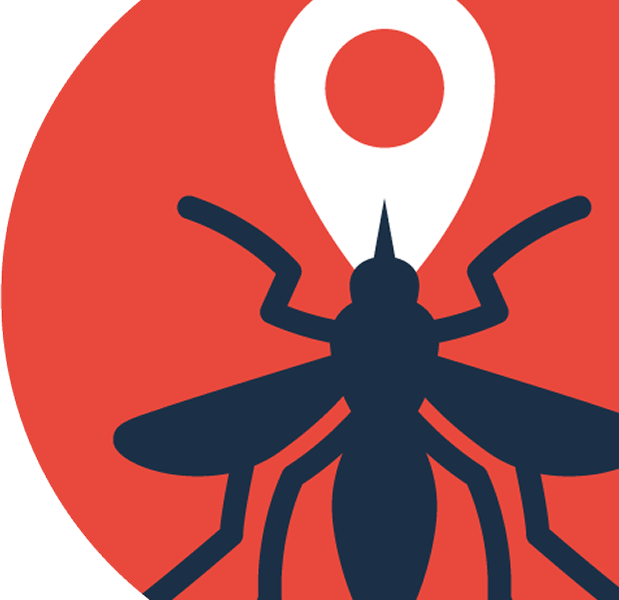-
Moyes CL, Athinya DK, Seethaler T, et al. Evaluating insecticide resistance across African
districts to aid malaria control decisions. Proc Natl Acad Sci. August 2020:202006781.
-
Hancock, P. A., Hendriks, C., Tangena, J. A., Gibson, H., Hemingway, J., Coleman, M., Gething,
P. W., Cameron, E., Bhatt, S., & Moyes, C. L. (2020). Mapping trends in insecticide resistance
phenotypes in African malaria vectors. PLoS Biology, 18(6), e3000633.
-
Weiss, D. J., Lucas, T. C., Nguyen, M., Nandi, A. K., Bisanzio, D., Battle, K. E., ... & Gibson,
H. S. (2019). Mapping the global prevalence, incidence, and mortality of Plasmodium falciparum,2000-17: a spatial and temporal modelling study. The Lancet, 394(10195), 322-331.
-
Battle, K. E., Lucas, T. C., Nguyen, M., Howes, R. E., Nandi, A. K., Twohig, K. A., ... &
Gibson, H. S. (2019). Mapping the global endemicity and clinical burden of Plasmodium vivax,
2000-17: a spatial and temporal modelling study. The Lancet, 394(10195), 332-343.
-
Messina, J. P., Kraemer, M. U., Brady, O. J., Pigott, D. M., Shearer, F. M., Weiss, D. J., ... &
Brownstein, J. S. (2016). Mapping global environmental suitability for Zika virus. Elife, 5,
e15272.
-
Bhatt, S., Gething, P. W., Brady, O. J., Messina, J. P., Farlow, A. W., Moyes, C. L., ... &
Myers, M. F. (2013). The global distribution and burden of dengue. Nature, 496(7446), 504-507.
-
Nsoesie, E. O., Kraemer, M. U., Golding, N., Pigott, D. M., Brady, O. J., Moyes, C. L., ... &
Hay, S. I. (2016). Global distribution and environmental suitability for chikungunya virus, 1952to 2015. Eurosurveillance, 21(20), 30234.


